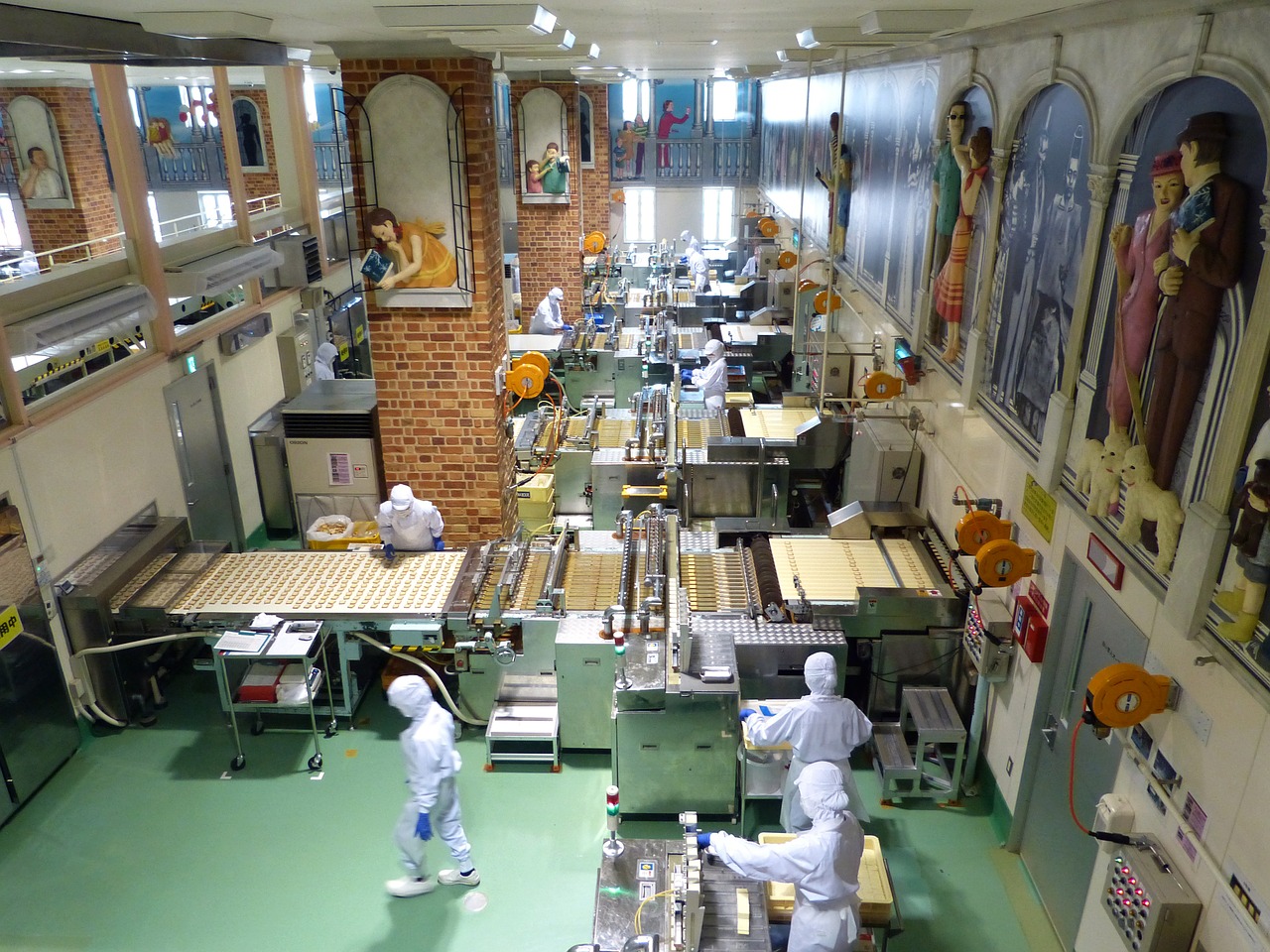Lucy, Ethel, Chocolate and A New Look at the B2B Content Factory
- All factories, regardless of their end products, must manage a mix of resources, raw materials and process constraints
- B2B content factory teams face increased complexity as they work to support requirements associated with new audiences, assets and channels
- The SiriusDecisions Content Factory Model, to debut at SiriusDecisions Summit 2018, provides a construct for optimizing content factory operations
Whether you’re a Millennial, Gen-Xer, or Baby Boomer, there’s a good chance you’ve seen the famed “Job Switching” episode of I Love Lucy, fondly remembered by most as “the chocolate factory one.” In it, Lucy and Ricky switch roles for a week, resulting in Lucy and Ethel taking jobs at a local chocolate factory, where they wreak havoc on the operation as they attempt to wrap chocolates coming off a conveyor belt. They can’t keep up, and cram chocolates in their pockets, dresses and mouths to hide evidence of their inability to keep pace with the demands of the factory line.
Their approach to a production snafu was novel, but the existence of such factory skill and scalability errors certainly is not. No matter what the product is, a factory must be tuned to manage a mix of resources, raw materials and process constraints to satisfy production requirements.

As the production arm of the content strategy and operations function within a B2B marketing organization, content factory teams are facing increasing demand and complexity due to the proliferation of new audiences, assets and channels. In fact, our research shows that only 20 percent of B2B marketing organizations rate their content creation competencies as advanced. Content factories require new skills, processes and technologies to scale and optimize content production and the operation itself.
To help our clients take a holistic approach to tuning content factory operations, we are excited to be introducing a new model at SiriusDecisions Summit 2018 – the SiriusDecisions Content Factory Framework, which provides a construct for assessing factory operations, identifying gaps and weaknesses, and leveraging strengths.
The model breaks the content factory into distinct components viewed in the context of the complete production process, which includes budget and resources, creation, and workflow optimization – as well as the process itself. Those components cover the common constructs needed to stand up and optimize a content factory, such as templates, brand and style guidelines and quality governance. Taking a close look at the breadth of capabilities within these categories is critical to identifying gaps. For example, some organizations may feel that they have solid creative brief templates, and wonder why they still get complaints about content not meeting stakeholder requirements. Perhaps a process and template for initial ideation is missing, and filling this gap could make an impact on satisfaction.
All factories must be built on a solid foundation, and the content factory is no different. The factory needs a charter that ensures it’s in step with the organization’s marketing and business goals. Technology is also critical to the foundation, and includes categories such as marketing resource management, content marketing software and digital asset management. In assessing their technology stack, content factories need to look at the cascading impact any platform, point solution or system has on the others. Understanding integration requirements is key, which includes solid cross-functional relationships with other marketing system owners.
Linked to the technology foundation is measurement, another foundational area that is being prioritized due to organizational requirements for content efficiency, effectiveness and impact measures distinct from other marketing metrics. Content factories need the right systems in place to understand things like content utilization, factory capacity and workflow efficiency. With such measurements in place, content factory leaders have a basis for requesting headcount, establishing new agency relationships, making process changes or technology investments, and so on.
B2B content is increasingly recognized organization-wide as a competitive differentiator. Our goal with the SiriusDecisions Content Factory Framework is to help our clients build and optimize the health of their content factories. Please join me and Christine Polewarczyk, Service Director, Content Strategy and Operations, in our session: “Re-Imagining the B2B Content Factory” in Las Vegas next month. You never know, there might be chocolate included!
